Hotel Hyundai Gyeongju (호텔현대-경주)
10.8Km 2019-01-24
338, Bomun-ro, Gyeongju-si, Gyeongsangbuk-do
+82-54-779-7200
Hotel Hyundai Gyeongju is located in the center of Bomun Tourist Complex in Gyeongju, the historic capital of the Silla kingdom capital. It features 406 Western-style and 43 Korean-style guestrooms, ten state-of-the-art ballrooms, multiple meeting rooms equipped with six simulatenous interpretation booths, and a diverse array of leisure facilities such as a bowling alley, racquetball court and indoor hot spring/swimming pool.
Gyeongju Poseokjeong Pavilion Site (경주 포석정지)
10.9Km 2020-10-06
816, Namsansunhwan-ro, Gyeongju-si, Gyeongsangbuk-do
+82-54-745-8484
Poseokjeong Pavilion served as a separate palace where kings enjoyed banquets with nobles. The building no longer exists, but the abalone-shaped stone water canal still remains, speculated to have been built during the Unified Silla period although the exact year is unknown. The water canal has an estimated length of 10 meters, with a x_width of approximately 35 centimeters and an average depth of 26 centimeters. Based on Chinese writings from 353, it is said that drinking glasses were floated on the canal. One popular party game had guests creating poems before the glass had passed nine sections of the canel. Guests who could not do this had to drink three glasses. Modern research has shown that the site was not merely a place for fun, but also served as a meeting venue for the royal family, as well as for holding memorial services.
MCY PARK
10.9Km 2025-05-27
196 Cheonbungnam-ro, Gyeongju-si, Gyeongsangbuk-do
Themed around three primary colors Red, Blue, and Yellow, MCY Park features vibrant art installations. It showcases imported school buses from the US transformed into a museum, a dessert museum with ice cream, donuts, and cake pop-up art, a stable transformed into a photo zone, and various other interesting themed zones, offering visitors a fun experience.
The Suites Hotel Gyeongju (경주스위트호텔)
11.1Km 2017-07-29
280-12, Bomun-ro, Gyeongju-si, Gyeongsangbuk-do
+82-54-778-5300
The Suites Hotel Gyeongju is a high-end recreational resort located in Gyeongju, a city with over a thousand years of history. Located in the midst of natural beauty, the resort offers all the modern necessities with minimal disruption to the gentle curves of the surrounding hillsides.
The hotel offers cozy guestrooms with soft colored walls, up-to-date business facilities, a golf course, and a staff dedicated to quality customer service. For the ultimate experience in lavish living, trying the Royal Suite, decorated in an elegant emerald color scheme reminiscent of the Mediterranean Sea.
Facilities at the hotel include ‘Suite Hall,’ equipped with the latest facilities for banquets, business meetings, or seminars, and ‘La Terrace,’ a restaurant offering seasonal foods and window views complemented by soft music. For more active entertainment, check out the ‘Park Lounge’ or the golf course where you can enjoy the breeze coming off Bomunho Lake as you putt a few holes with the family. After you’re done, cool off with a dip in the outdoor pool or relax on the wood deck by the garden.
Gyeongju East Palace Garden (Donggungwon) (경주 동궁원)
11.2Km 2016-03-04
74-14, Bomun-ro, Gyeongju-si, Gyeongsangbuk-do
+82-54-779-8725, +82-54-777-7200
Gyeongju East Palace Garden re-creates Korea's first zoo and botanical garden in the image of a modern Donggung Palace and Woliji Pond. The garden is comprised of botanical garden, agricultural experience facility and Bird Park. In particular, the greenhouses in the botanical garden are built with the design of traditional building from the Silla period but are made entirely of glass, providing this garden with a unique atmosphere.
The Divine Bell of King Seongdeok (성덕대왕신종)
11.2Km 2020-04-04
186, Iljeong-ro, Gyeongju-si, Gyeongsangbuk-do
+82-54-740-7500
The Divine Bell of King Seongdeok, the largest Korean bell preserved, stands 3.75-meter tall, has a lip diameter of 2.27 meters, and is 11 to 25 entimeters wide. In 1997, Gyeongju National Museum weighed it at 18.9 tons. The bell was cast to pay tribute to the memory of King Seongdeok. It was completed in 771 and named ‘The Divine Bell of King Seongdeok.’ However, because the bell was installed at Bongdeoksa Temple, it has also been called the Bell of Bongdeoksa.
The bell is also known as the Emile Bell, a name derived from an ancient legend in which a child was sacrificed in order to give sound to the bell, whose echoes of ‘em-ee-leh’ resemble the traditional Korean word for "mommy."
The tubular sound pipe at the top of the bell that helps the sound reverberate is a unique feature that can be found only in Korean bells. The yongnyu, which serves as a loop to hang the bell, has been decorated to resemble a dragon’s head. A band of arabesque patterns can be found at the shoulder, and the striking point of the bell is in the shape of a lotus flower.
The magnificent design and inscription methods used in this bell exemplify the artisan's craftmanship of the Unified Silla period. The bell is also inscribed with over one thousand Chinese characters, and its beauty and integrity have been meticulously preserved despite the passage of over 1,300 years.
Gyeongju Bird Park (경주 버드파크)
11.2Km 2025-06-12
74-14 Bomun-ro, Gyeongju-si, Gyeongsangbuk-do
Gyeongju Bird Park, located in the Bomun Tourist Complex, is a bird-themed park designed in the shape of a bird's nest. It houses around birds of different species, along with various plants and flowers. Visitors can interact with the birds and enjoy hands-on experiences at the educational center. The first floor features an ecological experience hall with birds, reptiles, fish, and small animals, while the second floor includes exhibition halls and outdoor experiential spaces.
Gyeongju National Museum (국립경주박물관)
11.3Km 2025-05-21
186 Iljeong-ro, Gyeongju-si, Gyeongsangbuk-do
Gyeongju National Museum houses numerous historical and cultural artifacts of the Silla dynasty (57 BC-AD 935). The museum provides various programs including at the Children’s Museum School. The newly renovated Silla Art Gallery and Silla History Gallery lobby by Teoyang Studio are popular among visitors. This multi-complex center provides the history of Silla with various artifacts.
Gyeongju Najeong Well (경주 나정)
11.4Km 2020-04-06
Tap-dong, Gyeongju-si, Gyeongsangbuk-do
+82-54-779-6100
To the southeast of the royal tomb, is a small monument that has been erected among the pine trees; next to the monument is a well called Najeong. According to Samguksagi (Historical records of the Three Kingdoms) and Samgungnyusa (Memorabilia from the three dynasties), Park Hyeokgeose, the founding monarch of Silla, was born by this well. In 69 BC, Sobeolgong, the head of Goheochon Village, saw a white horse on its knees by the well. When he approached the well he found that the horse had magically disappeared and that a large egg was left in its place, from which a boy was born. When the boy turned 13 years old (57 BC), he was appointed king by the village chiefs and began to rule the area then called ‘Seorabeol’. A memorial stone (2.25 meters high, 45 centimeters long, and 21 centimeters wide) was erected in 1803 in the third year of King Sunjo's rule (Joseon dynasty) detailing the historical origins of the founding father of Silla.
Maetdol sundubu (맷돌순두부)
11.4Km 2024-02-23
7 Bukgun-gil, Gyeongju-si, Gyeongsangbuk-do
054-745-2791
Maetdol sundubu, located at the entrance of the Bomun Tourist Complex in Gyeongju, is renowned for its homemade dubu (bean curd) dishes, crafted using domestic soybeans. The highlight of its menu is the maetdol sundubu jjigae (stone-ground soft bean curd jjigae), a savory concoction featuring sundubu (soft bean curd), shrimp, and clams. The dish is typically served in a ttukbaegi (hot pot), and customers have the option to add a raw egg to the boiling mixture. This sundubu restaurant is popular for its delicately flavored dishes.
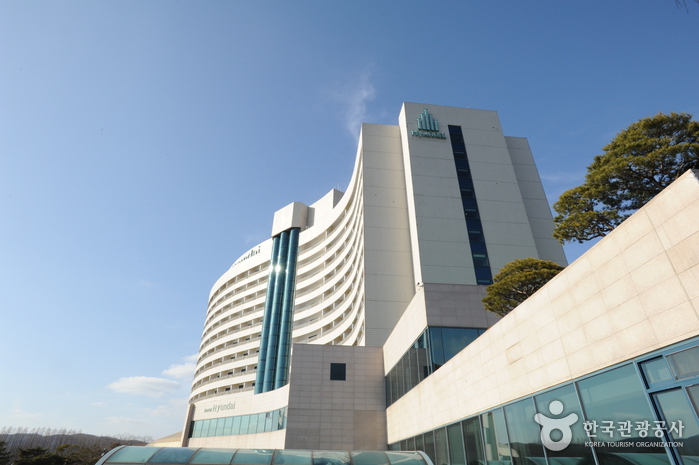
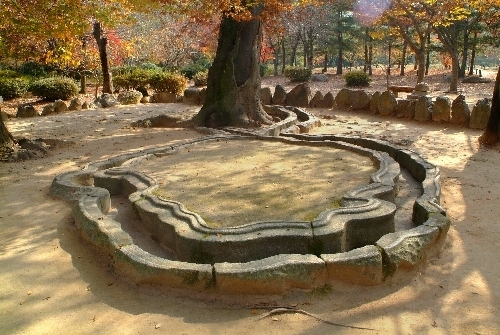
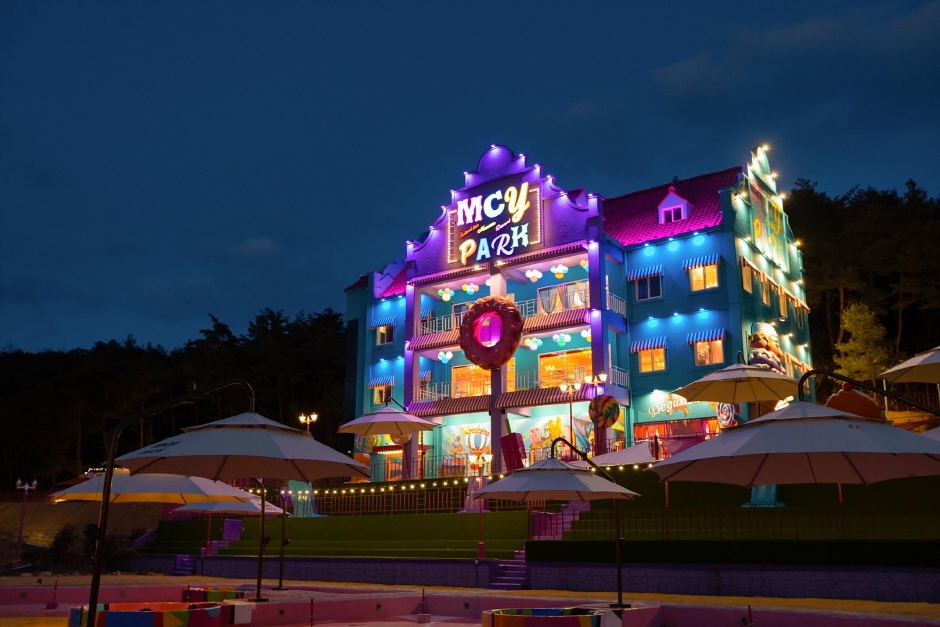
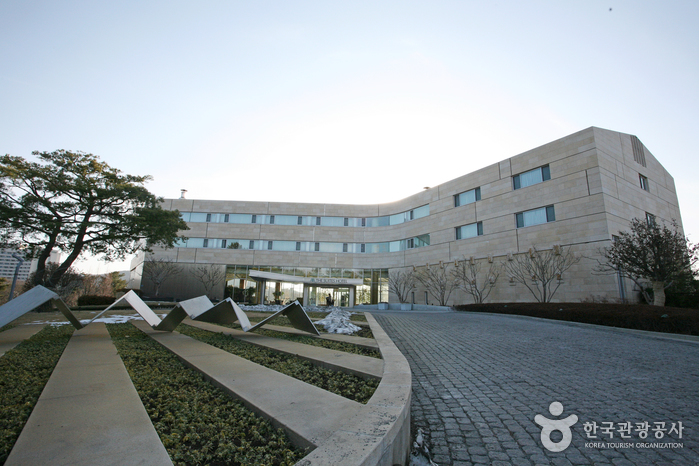
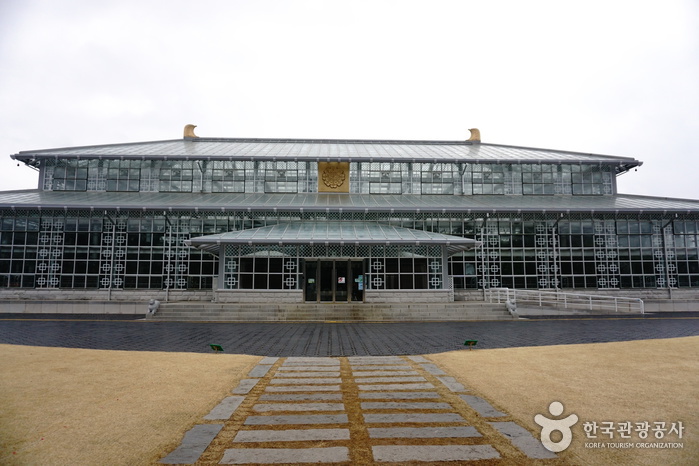

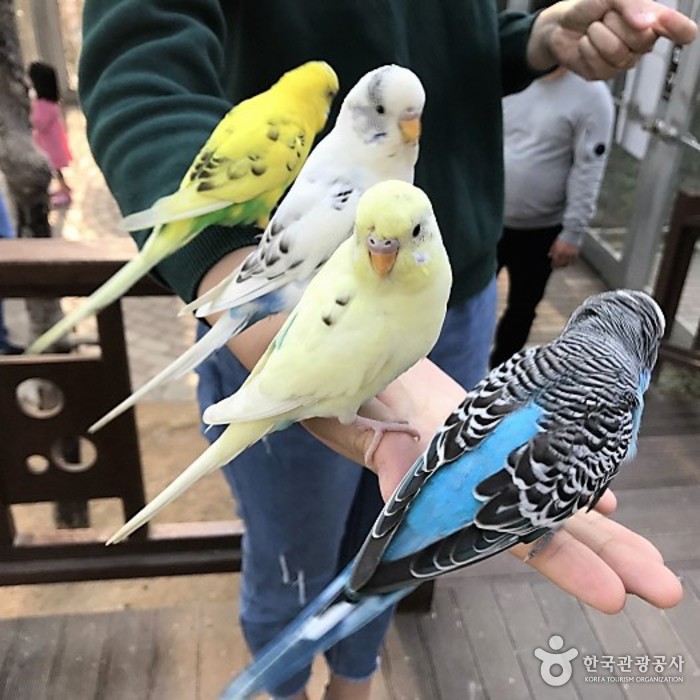
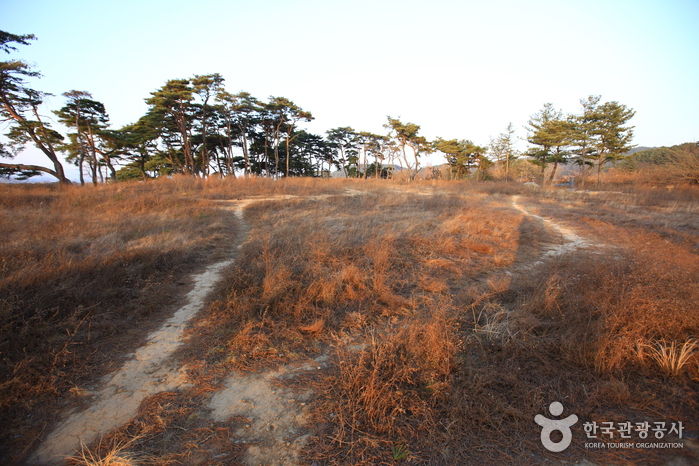
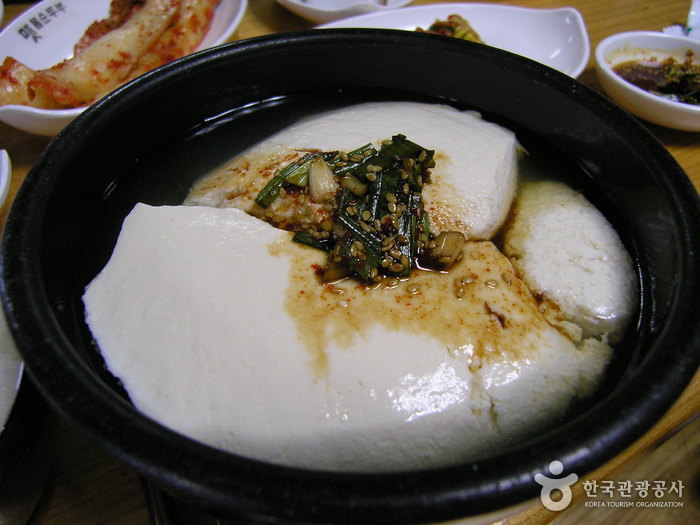
 English
English
 한국어
한국어 日本語
日本語 中文(简体)
中文(简体) Deutsch
Deutsch Français
Français Español
Español Русский
Русский